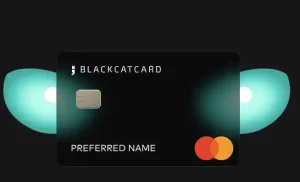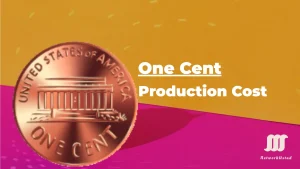It’s no secret that the payments industry is undergoing rapid yet significant change. With every revolution, innovation, and invention come opportunities for businesses and customers to experience complete convenience when making electronic payments. From contactless payment technologies to blockchain-based platforms to open banking services, the range of emerging payment trends presents an exciting look into how all types of money transfers will be achieved in years to come.
This article will explore the key trends transforming the payment industry and the innovative solutions driving these changes.
Contactless payment
Contactless payments have rapidly gained popularity and become a preferred payment method for many consumers. This technology allows individuals to transact by tapping or waving their contactless-enabled payment cards or mobile devices near a compatible payment terminal. The convenience and speed of contactless payments have made them increasingly popular, especially in retail environments where quick and seamless transactions are essential.
One of the primary advantages of contactless payments is their speed and efficiency. Unlike traditional payment methods that require inserting a card or entering a PIN, contactless payments can be completed within seconds. This speed benefits customers who can complete their transactions swiftly and helps businesses process payments more efficiently, reducing wait times and improving customer satisfaction.
Contactless payments and ACH limits such as Bank of America ACH limits make it easier to quickly and easily move money between accounts. With ACH, you can set up automatic payments for bills or receive direct deposits from your employer. It’s an efficient way to manage your finances without worrying about bank fees or having to write checks. Contactless payments are becoming more widely accepted as well.
Rise of mobile payments
One of the most popular contactless payment methods is mobile payment. Mobile payment options have revolutionized our transactions, providing convenience and flexibility to consumers and businesses alike. With the widespread adoption of smartphones and the advancement of technology, mobile payments have become increasingly popular and are reshaping the financial industry’s landscape.
Traditionally, traditional payment methods, such as cash or card transactions, required physical presence and often involved time-consuming processes. However, with mobile payment options, consumers can now make secure transactions using their smartphones or other mobile devices, eliminating the need for physical wallets or cards. This has transformed how we pay for goods and services, offering a more seamless and efficient payment experience.
The evolution of mobile payment options can be traced back to the emergence of near-field communication (NFC) technology. NFC enables contactless payments, allowing users to simply tap their smartphones on compatible payment terminals to complete transactions. This technology, combined with secure digital wallets and mobile apps, has paved the way for various mobile payment solutions.
Integration of the internet of things (IoT) and payments
The Internet of Things (IoT) has expanded the possibilities of connected devices, creating new opportunities for seamless and secure payments. IoT-enabled devices, such as smartwatches, fitness trackers, and voice-activated assistants, are increasingly equipped with payment capabilities. This integration allows consumers to make transactions without needing physical cards or smartphones, simplifying the payment process and enhancing convenience.
For example, a smart refrigerator equipped with payment capabilities can automatically detect when certain groceries are running low and place an order for replenishment, with payment processed seamlessly in the background. This convergence of IoT and payments opens up a world of possibilities for frictionless transactions, personalized shopping experiences, and integrating payments into everyday objects. As IoT continues to increase, we expect to see more innovative use cases where payments seamlessly blend into our daily lives.
Enhanced security measures and biometric authentication
In an era of increasing cyber threats and data breaches, security has become a paramount concern in the payment industry. There is a growing emphasis on enhanced security measures and biometric authentication to address these challenges.
One of the emerging trends is tokenization, a process that replaces sensitive payment card information with unique tokens. These tokens are used for transactions, ensuring that the actual card details are not exposed, thereby reducing the risk of fraud. Tokenization, combined with encryption and secure data transmission, enhances the security of payment transactions and instills confidence in both businesses and consumers.
Biometric authentication is another area of innovation in payment security. Biometrics, such as fingerprint or facial recognition, provide an added layer of security by verifying a user’s unique physical characteristics. This technology ensures secure access to payment accounts and offers a seamless and convenient user experience.
With the widespread adoption of smartphones equipped with biometric sensors, biometric authentication is becoming more prevalent in mobile payment apps and e-commerce platforms. As biometrics continues to evolve and improve, they will play a crucial role in safeguarding payment transactions in the future.
To that end
The future of payments is undoubtedly undergoing a significant transformation fueled by technology, changing consumer preferences, and evolving business needs. Mobile and contactless payments are becoming the norm, offering convenience and speed to consumers while reshaping the traditional payment landscape.
Cryptocurrencies and blockchain technology are revolutionizing cross-border transactions and introducing new levels of transparency and security. The integration of IoT and payments is making transactions seamless and embedded into everyday objects, while enhanced security measures and biometric authentication are addressing the growing concerns of cybersecurity.




